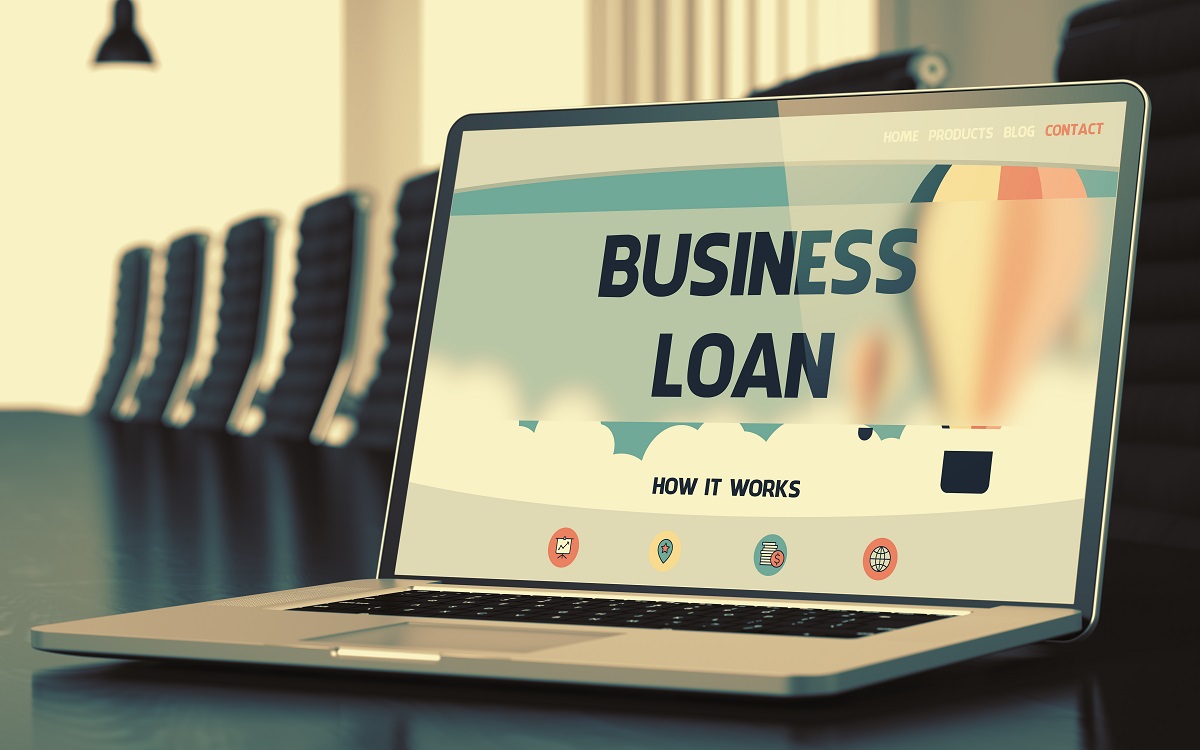We closed the LawyerFair seed round in April 2015 and like everything during this start-up journey, learned a huge amount about how to fund an e-commerce start-up, what investors look for and what mistakes to avoid next time .
Letting it go to your head
One of the biggest traps that e-commerce start-ups fall into when fundraising, is to rely on ‘vanity’ metrics. Often we pitch to experienced investors with a bunch of ‘headline’ numbers that can often mean nothing and might actually betray a fundamental lack of understanding about how and where the business can be successful.
Don’t get overly excited about a leap in monthly impressions or growth in lead enquiries or even new business, until you understand intimately what they mean in terms of your scalability and growth potential. You might be celebrating 30 per cent monthly growth in visits to the site, but what if they’re the wrong type of visitor? If the right kind of visitor, do you know how they’ve arrived? Do you know who they are and how you can encourage more of them to visit?
Fundamentally, are you able to illustrate to investors that you can get under the skin of your headline analytics and answer the ‘so what’ question. You need to show you understand why things are happening because investors are backing your ability to know the key channels that work and importantly, the flawed channels that don’t.
Your point of difference
Right now the zeitgeist is for funding e-commerce ventures, with the sharing economy and online market places driving a wave of innovative concepts, entrants and investor interest. New online market places are emerging all the time and often in the most unlikely places; cabs, private parking spaces, spare meeting rooms, lawyers, artists, bedrooms, elite dining.
With so much activity, the question is how do you create that stand-out when approaching investors, in a sea of so many other tech platforms? Well, for all this talk of zeitgeists and new models, investors still look for some of the traditional clues to potential success:
- Showing your clear place in the market
- Building a knock-out team that inspires investors
- Illustrating market appetite with growing traction
- Developing a killer product, service, technology
You might not need all four to attract investor interest, but if you do, that critical standout will give you competitive edge as well as help you save time.
Get your timing right
While there has never been a better time to raise start-up investment, it’s a time-consuming business trawling around different funds and angels. You want to research your target investors carefully and launch your fund raising campaign with a bang, minimising the fund raise timeline. The more time focused on raising funds theless time given to driving that traction.
You don’t want to be presenting to interested investors, with a graph that shows declining sales. Know what you’re looking for In the ideal world, you’re looking for an investment partner who genuinely believes in you and your business. Similarly, you need to have conviction in your investment partner’s motivation; this isn’t about offloading funds before end of the tax year. What happens when you hit that inevitable start-up ‘trough of despair’? You need to know you will have the right commitment, support and input. It’s easy to be supportive in the optimistic glow of a fundraise but you need to make an assessment of how they might react when things get sticky.
Do you want your investors to bring value beyond cash? Can they also bring advice, mentoring, industry expertise, a great network? Think long term; can they provide follow-on funding or will you have to go through all this again? What’s your end goal? E-commerce ventures move fast. But as with any relationship, the best way to work with an investor is over the long term. Remember, you are going into the financial community to take your business to that next level, not to plug a short-term cash flow issue.
When you meet with an investor, be totally focused about what you’re asking for. £XXX will take your business here, while £X,XXX will take it to the level beyond that. Are you just looking for a cash injection or do you see this a deeper partnership helping you to grow your platform? Don’t be tempted by the first offer Investors are bombarded with the good, bad and very ugly of business plans. This can lead to a ‘flight stacking’ approach to expectant start-ups, creating a clash of expectations with the entrepreneur.
Investment has to be about taking your business to the next level – and the level beyond that. When it comes to approaching investors, be 100 per cent clear about what you’re looking for. Where will £XXX take your business? What’s the phase after that? What’s your one year/ five year/ten year plan? Investors worth their salt will be seeking this total clarity and vision from you. And they will understand if their offers don’t match up to this. Know your game plan from the word go. If possible, aim for at least two funding options and some competitive tension.
Useful link: Looking for funding? Find the right finance for your business here – Complete a few quick details on our form and we’ll match you with the right lender.
Be open about any concerns
Are these investment partners you feel good about having on your board? Do you believe they will increase your opportunities for success beyond being a financial resource? Your instinct could be your best guide here. Finally, question why you need the funding and don’t get tunnel vision about how to raise these funds. Keep exploring all options and don’t presume a weak offer is your only option.
Andrew Weaver is CEO of Lawyerfair.








